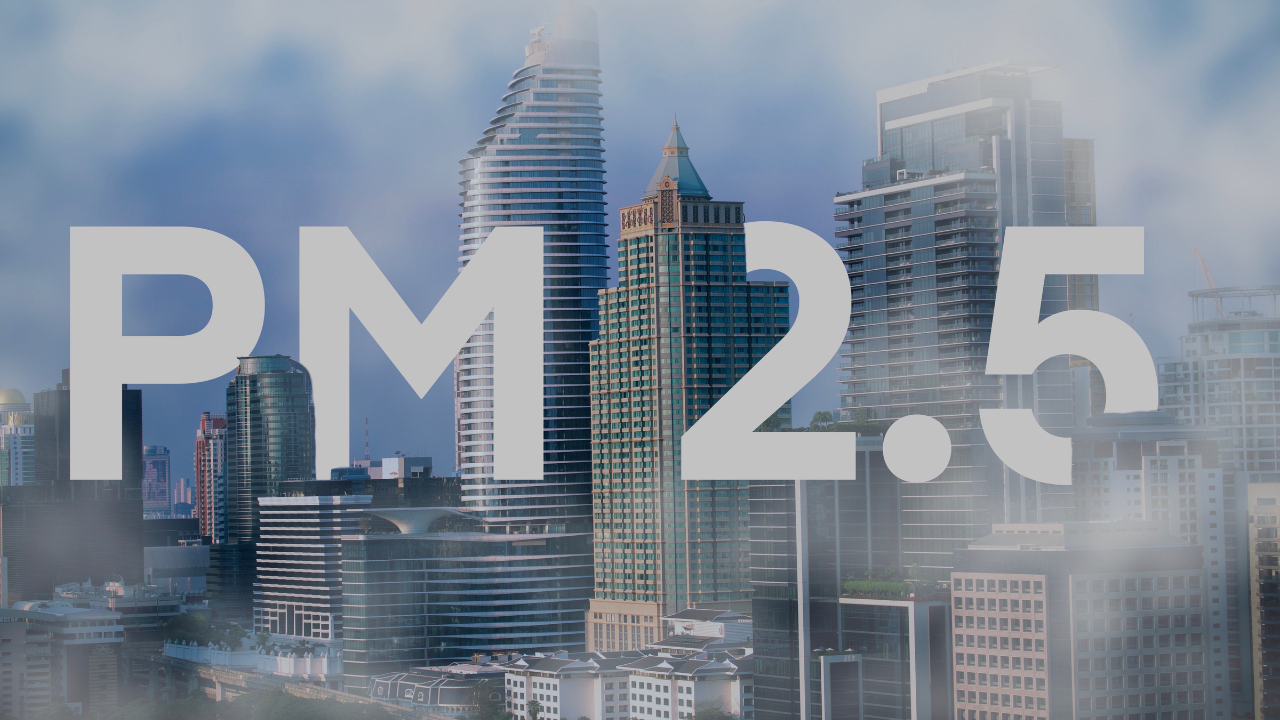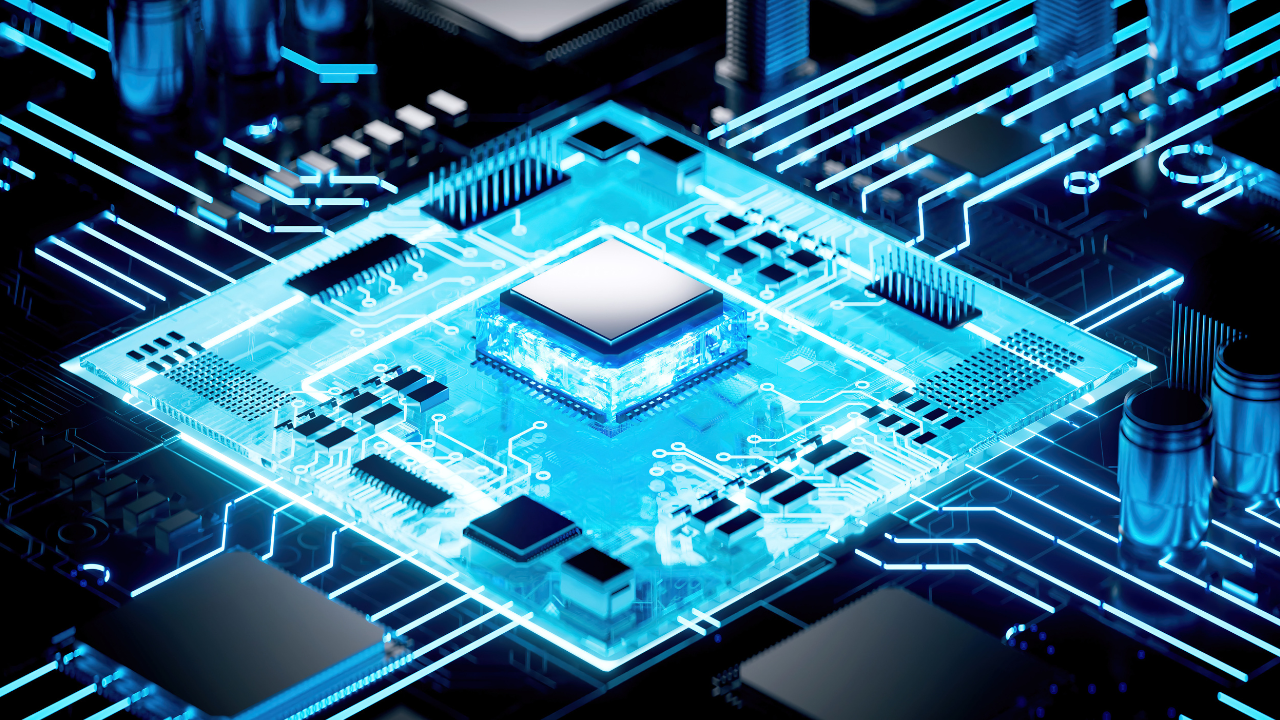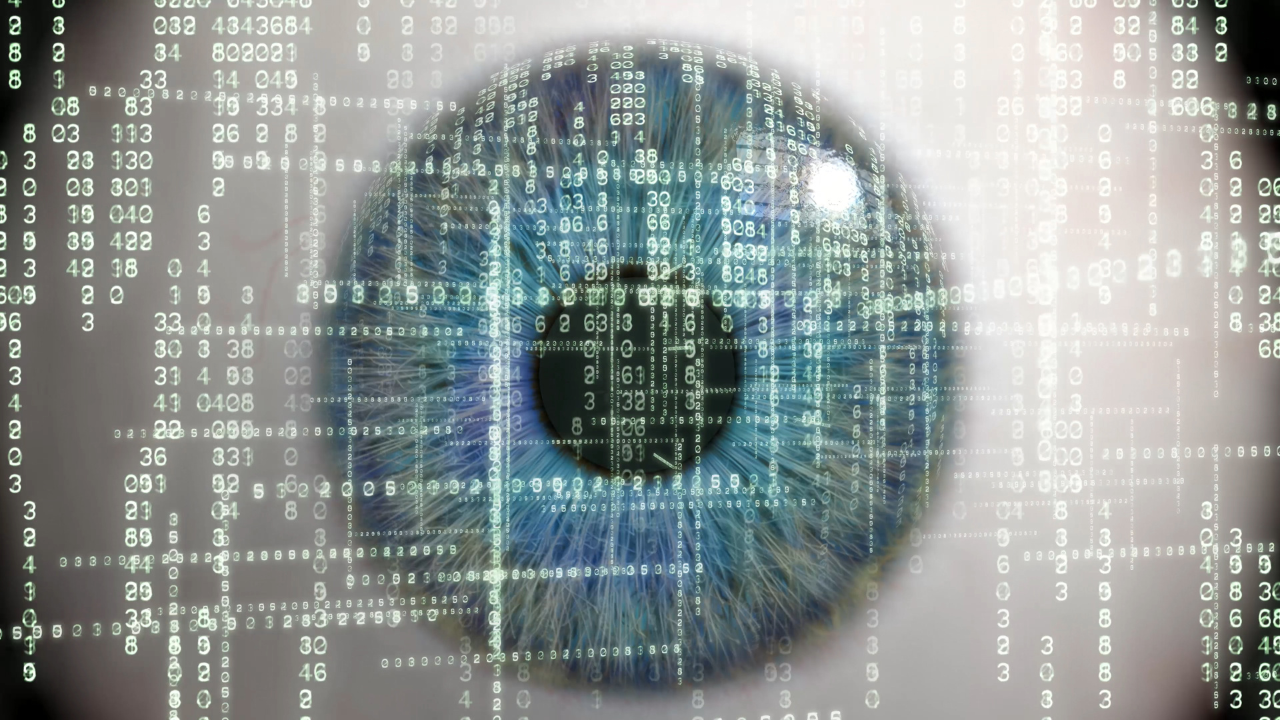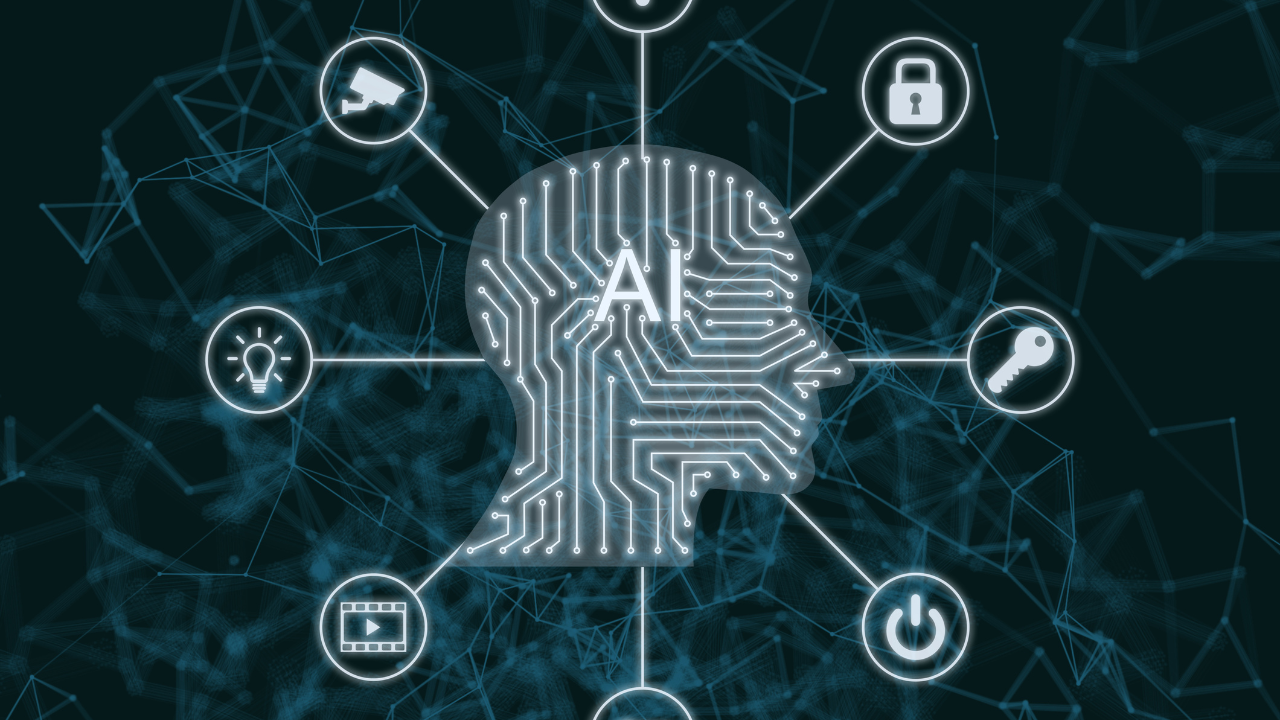



In recent years, technology has advanced at an incredible pace, and one area that has seen significant changes is cybersecurity. As cyber threats become more complex, organizations are looking for new ways to protect themselves. One solution that has gained a lot of attention is artificial intelligence (AI). But is AI in Cybersecurity: Friend or Foe? While AI offers many benefits in detecting and preventing cyber threats, it also raises new concerns. In this article, we will explore how AI is transforming cybersecurity, its advantages, and the potential risks it brings.
What is AI in Cybersecurity?
Artificial intelligence refers to the ability of machines to perform tasks that typically require human intelligence, such as problem-solving, learning, and decision-making. In the world of cybersecurity, AI is used to enhance security measures, identify potential threats, and respond to cyberattacks more quickly than human teams could.
AI systems can analyze vast amounts of data, recognize patterns, and identify unusual activities that might indicate a cyber threat. This makes AI an excellent tool for detecting new types of attacks, even those that haven’t been seen before. But, just as AI can help strengthen security, it can also be used by cybercriminals for malicious purposes.
How AI Helps in Cybersecurity
Let’s take a look at how AI in Cybersecurity: Friend or Foe? can work as a helpful tool in the fight against cyber threats.
1. Faster Threat Detection
One of the biggest advantages of AI in cybersecurity is its ability to analyze data much faster than a human. AI systems can monitor network traffic, detect strange behavior, and identify potential security breaches in real time. Traditional cybersecurity systems may take longer to respond to these threats, allowing hackers more time to cause damage. AI can help reduce this response time significantly, making it possible to stop cyberattacks before they escalate.
2. Predicting Future Threats
AI can be trained to recognize patterns in previous cyberattacks. By analyzing data from past incidents, AI can predict what types of attacks might happen in the future. This predictive ability allows organizations to prepare for new threats before they even happen, adding an extra layer of protection.
3. Automating Security Processes
AI can automate routine security tasks, such as scanning for malware or checking for system vulnerabilities. This reduces the workload for human cybersecurity teams, allowing them to focus on more complex issues. Automation also helps to ensure that security measures are constantly updated without the need for manual intervention.
4. Improved Accuracy in Threat Detection
Humans can sometimes miss subtle signs of cyberattacks, especially in a fast-paced environment. AI systems, on the other hand, are designed to analyze large amounts of data without making mistakes. They can detect unusual behavior, such as a spike in network traffic or unauthorized access attempts, more accurately than traditional methods. This leads to fewer false positives and more effective threat identification.
The Risks of AI in Cybersecurity
While AI brings many benefits to cybersecurity, it also comes with certain risks. Let’s look at some of the potential downsides.
1. AI-Powered Attacks
Just as AI can be used to defend against cyber threats, it can also be used to create more sophisticated attacks. Cybercriminals can use AI to develop malware that can bypass traditional security systems. AI-powered attacks can be harder to detect because they can learn from security systems and adjust their methods accordingly. This makes it more difficult for security teams to stay ahead of the threat.
2. Data Privacy Concerns
AI systems rely on large amounts of data to function effectively. This raises concerns about data privacy. AI can access sensitive information, and if it falls into the wrong hands, it could be misused. There are also concerns about how AI systems handle personal data, especially in industries like healthcare or finance, where privacy is crucial. Organizations must ensure that AI tools are used responsibly and ethically to protect users' privacy.
3. Dependence on AI Systems
Another risk is the over-reliance on AI systems for cybersecurity. While AI can be a powerful tool, it is not perfect. It can make mistakes, and its algorithms are only as good as the data they are trained on. If AI systems are not properly maintained or updated, they may miss new threats or fail to identify certain types of attacks. Over-relying on AI without human oversight could lead to dangerous gaps in security.
4. Job Displacement
As AI continues to advance in cybersecurity, there are concerns that it could lead to job losses in the field. Many security tasks that were once performed by humans, such as monitoring network traffic or responding to threats, are now being automated by AI systems. While AI can assist cybersecurity professionals, it may replace some roles, particularly those that involve repetitive tasks. Organizations need to find a balance between automation and the human workforce to ensure that cybersecurity jobs are not lost in the process.
Is AI a Friend or Foe?
The question of whether AI in Cybersecurity: Friend or Foe? does not have a simple answer. AI offers many advantages when it comes to detecting and preventing cyber threats. It can help organizations respond faster, predict future threats, and automate routine tasks. However, it also brings new challenges, such as the potential for AI-powered attacks, data privacy issues, and job displacement.
Ultimately, the key to ensuring that AI remains a friend in cybersecurity is responsible use. Organizations must invest in robust security measures, regularly update AI systems, and ensure that human oversight is in place. By using AI as a tool to complement human expertise, organizations can strengthen their cybersecurity defenses without compromising privacy or safety.
Disclaimer:
The information provided in this article is intended for general informational purposes only. While every effort has been made to ensure the accuracy and relevance of the content, Myedugoal makes no guarantees regarding the completeness, reliability, or suitability of the information. Readers should verify the details and consult with relevant professionals or experts before making decisions based on the content. Myedugoal is not responsible for any actions taken or consequences resulting from the use of this information.
#trending #latest #AIinCybersecurity #CyberSecurity #DigitalSecurity #AI #MachineLearning #CyberThreats #TechInnovation #CyberDefense #ArtificialIntelligence #SecuritySolutions

University Internships That Help You Get a Job After Graduation... Read More.

Is It Smarter to Start at a Community College... Read More.
 Fake posts hit Czech PM Fiala's X
Fake posts hit Czech PM Fiala's X
Fake posts disrupt Czech PM Fiala's X account security
 Switzerland Tightens Export Rules
Switzerland Tightens Export Rules
Switzerland expands export controls on dual-use goods
 Google unveils Ironwood AI chip
Google unveils Ironwood AI chip
Google introduces Ironwood chip to accelerate AI tasks & apps
 TSMC Q1 revenue up 42%
TSMC Q1 revenue up 42%
TSMC sees 42% revenue surge in Q1, surpassing forecasts
 Amazon CEO Outlines AI Vision
Amazon CEO Outlines AI Vision
Amazon CEO reveals AI investment plans in new letter
 Osaka Hosts World Expo 2025
Osaka Hosts World Expo 2025
Japan blends tech and culture at Osaka Expo 2025 launch
 A16z Plans Big Bet on AI Startup
A16z Plans Big Bet on AI Startup
A16z may lead huge round in ex-OpenAI CTO’s new AI firm.
© MyEduGoal. All Rights Reserved. Design by markaziasolutions.com